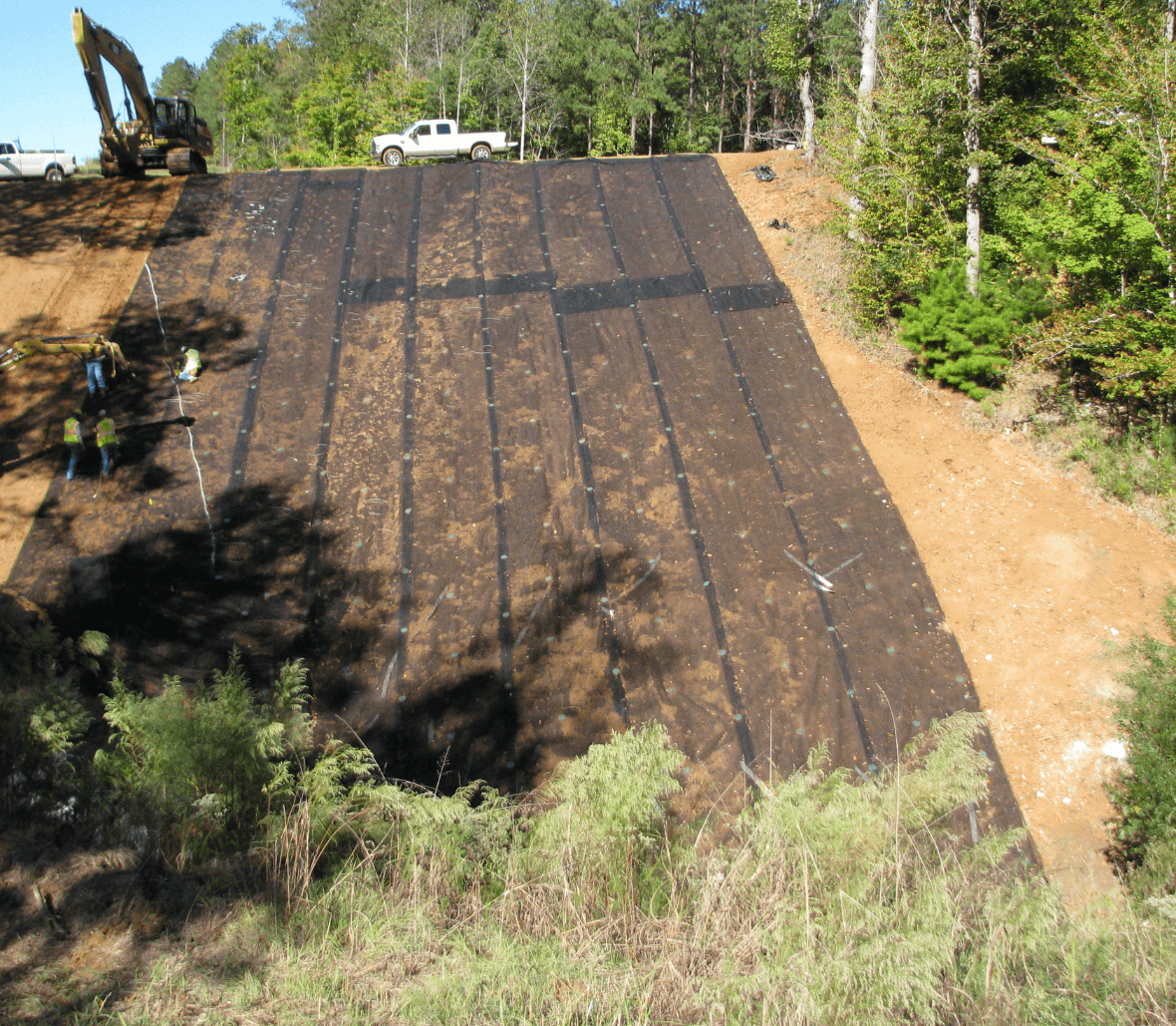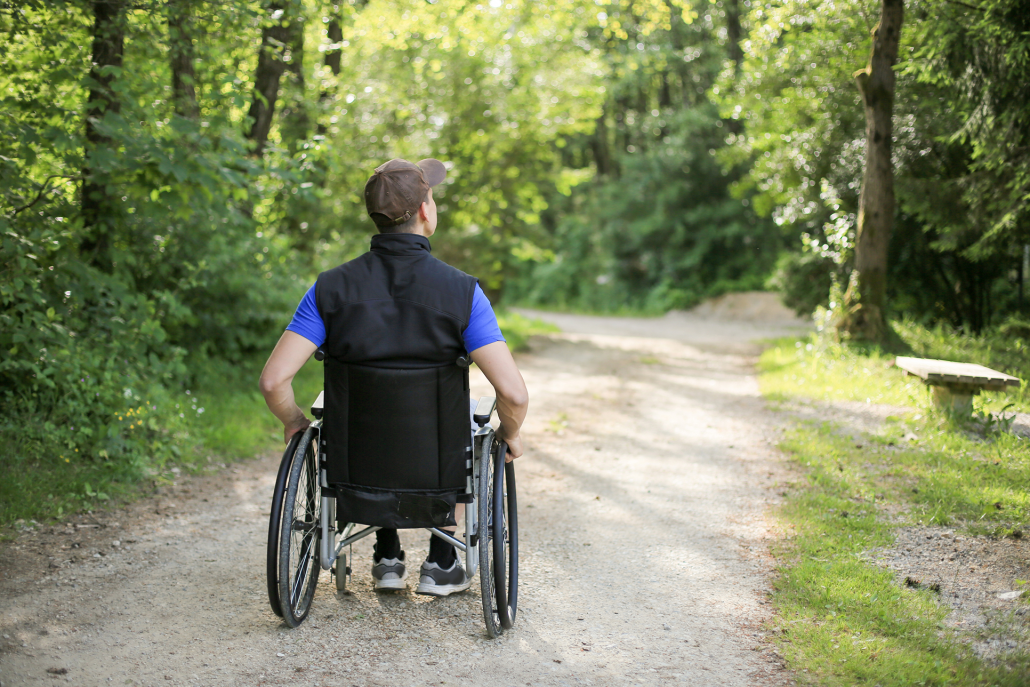In today’s world, where outdoor activities are increasingly popular, the concept of trail sustainability has never been more important. Trails are the lifeblood of outdoor recreation—whether it’s for hiking, biking, running, or horseback riding. However, as more people flock to these trails, ensuring that they remain usable, safe, and ecologically sound for future generations has become a growing challenge. Sustainable trail design and management is a multifaceted endeavor that encompasses ecological, social, and economic dimensions. This article explores the key elements that contribute to making a trail truly sustainable, including its environmental impact, user experience, long-term maintenance, and integration with local communities.
The Three Pillars of Sustainability in Trail Development
Sustainability in trail development is typically framed around three key pillars: environmental, social, and economic sustainability. These pillars, when effectively balanced, ensure that a trail can withstand the pressures of increasing use while preserving the natural environment and benefiting local communities.
1. Environmental Sustainability: Protecting Nature and Ecosystems
The core of any sustainable trail system lies in its relationship with the surrounding environment. A truly sustainable trail minimizes its ecological footprint and prioritizes environmental preservation through:
- Minimal Disturbance to Ecosystems: Sustainable trails should avoid disrupting sensitive habitats and wildlife corridors. Proper trail placement is essential, and often requires a detailed ecological assessment. Trails should avoid steep slopes, wetlands, and floodplains, which are prone to erosion and difficult to restore once disturbed.
- Erosion Control: Trail design must account for the natural flow of water. Improperly placed or poorly designed trails can lead to soil erosion, which not only damages the trail but can also affect nearby streams and wetlands. Techniques such as proper drainage, using natural materials like gravel, and creating grade reversals (where the trail naturally dips and rises) help to prevent erosion.
- Native Vegetation: Trails should be constructed with minimal removal of native vegetation. Invasive species can quickly take over disturbed areas, making restoration difficult and reducing biodiversity. Where vegetation needs to be cleared, native plants should be used in any restoration efforts.
- Wildlife Considerations: Sustainable trails should also consider the movement patterns of local wildlife. Wildlife corridors, where animals can move freely without obstruction, are essential for maintaining biodiversity. Trail design should incorporate these corridors and avoid disturbing wildlife during sensitive times like nesting seasons.

2. Social Sustainability: Balancing User Experience and Community Needs
A trail’s long-term success depends heavily on its ability to serve the needs of diverse user groups while promoting responsible behavior. Social sustainability revolves around ensuring that the trail is accessible, enjoyable, and beneficial to the community. This includes:
- Inclusive Access: For a trail to be socially sustainable, it must be accessible to a wide range of people. This includes people with disabilities, children, and seniors. Creating universally accessible trails, complete with signage and facilities like benches, rest areas, and even mobile apps that guide users, enhances inclusivity.
- Education and Awareness: Sustainable trails often feature educational elements that encourage responsible behavior. Interpretive signs, guides, and community outreach programs can educate trail users about local ecology, wildlife, and responsible trail etiquette, which helps protect the environment and promotes stewardship.
- Community Engagement: Local communities should be actively involved in the planning and maintenance of trails. Not only does this foster a sense of ownership, but it also ensures that trails meet the needs of those who live nearby. Community engagement also helps to mitigate conflicts between different user groups (such as hikers, bikers, and equestrians), promoting a culture of mutual respect and cooperation.
- Conflict Resolution: A trail system that serves multiple user groups—such as cyclists, hikers, equestrians, and birdwatchers—needs a sustainable management plan that includes rules to minimize conflicts. Zoning, designated times for use, and clear signage can help different groups coexist peacefully, preserving the experience for everyone.
3. Economic Sustainability: Ensuring Long-Term Viability
For any trail to be truly sustainable, it must also be economically viable in the long run. This involves a balance between construction, maintenance, and funding while ensuring that the trail remains a valuable asset for the local economy and the broader outdoor recreation industry.
- Low Maintenance Design: Trails should be designed with durability in mind, reducing the need for constant repairs. This can be achieved through appropriate surfacing, drainage, and materials that withstand weather and high-use periods. For example, gravel and compacted earth are often better than asphalt, as they allow water to drain more effectively and are easier to maintain over time.
- Funding and Partnerships: Trail development and maintenance require adequate funding. Sustainable trails are often supported by a combination of public and private funding, grants, donations, and volunteer work. Partnerships with local governments, conservation organizations, and businesses can help secure the necessary resources for ongoing care and development.
- Economic Benefits to the Local Community: Trails can drive tourism and boost local economies. Communities that support sustainable trail systems often see increased revenue from outdoor tourism, including spending on accommodations, food, gear, and services. This economic benefit should be reinvested into trail maintenance and expansion, creating a virtuous cycle of sustainability.
- Cost-Benefit Analysis: Sustainability also requires considering the long-term costs and benefits of trail construction. While the initial development of a trail may require significant investment, well-maintained trails can offer years of use and economic returns, making them worthwhile for both the community and the environment.
Best Practices in Sustainable Trail Design and Management
To turn theory into practice, sustainable trail management involves a combination of innovative design, proper construction, and ongoing care. Here are some best practices that contribute to the sustainability of a trail system:

1. Trail Layout and Design
- Follow Contours: Design the trail to follow the natural contours of the land. This minimizes disruption to the landscape, reduces the risk of erosion, and enhances the user experience.
- Use Sustainable Materials: The materials used to construct the trail should be environmentally friendly. For example, using natural stone, decomposed granite, or compacted earth can provide a solid surface while minimizing the trail’s environmental footprint.
- Proper Drainage: Ensuring that water flows naturally around or away from the trail is key to long-term sustainability. Constructing water bars, ditches, or culverts can direct water away from the trail and prevent erosion.
- Modular Trail Design: Creating sections of trail that can be easily rerouted, maintained, or repaired as needed ensures that the trail can be adapted to future changes in use, weather conditions, and environmental challenges.
2. Ongoing Maintenance and Monitoring
- Regular Inspections: To keep the trail in good condition, it’s important to conduct regular inspections to identify and address problems such as erosion, vegetation overgrowth, and worn-down surfaces.
- Volunteer Programs: Engaging volunteers in trail maintenance fosters community involvement and reduces costs. Volunteer “trail days” can also help raise awareness of sustainability issues and encourage responsible use.
- Adaptive Management: Sustainable trail management requires flexibility. As new challenges arise—whether from climate change, increased use, or shifts in local wildlife patterns—trail managers must adapt their strategies accordingly.
3. Leveraging Technology
- Mapping and Monitoring Tools: Technologies such as GPS mapping and drone surveys can help trail managers assess trail conditions, plan routes, and track usage patterns.
- Mobile Apps and Smart Signage: Many modern trail systems are integrating apps and interactive signage that provide real-time information on trail conditions, closures, or the status of nearby facilities.
Conclusion: The Road Ahead for Sustainable Trails
As the world continues to embrace outdoor recreation, the need for sustainable trails has never been more urgent. Designing and maintaining trails that respect the environment, serve diverse user groups, and generate long-term economic benefits requires thoughtful planning, investment, and community engagement. The true test of a sustainable trail is not only its ability to withstand the test of time but its capacity to adapt, evolve, and enhance the experience for generations of outdoor enthusiasts to come.























